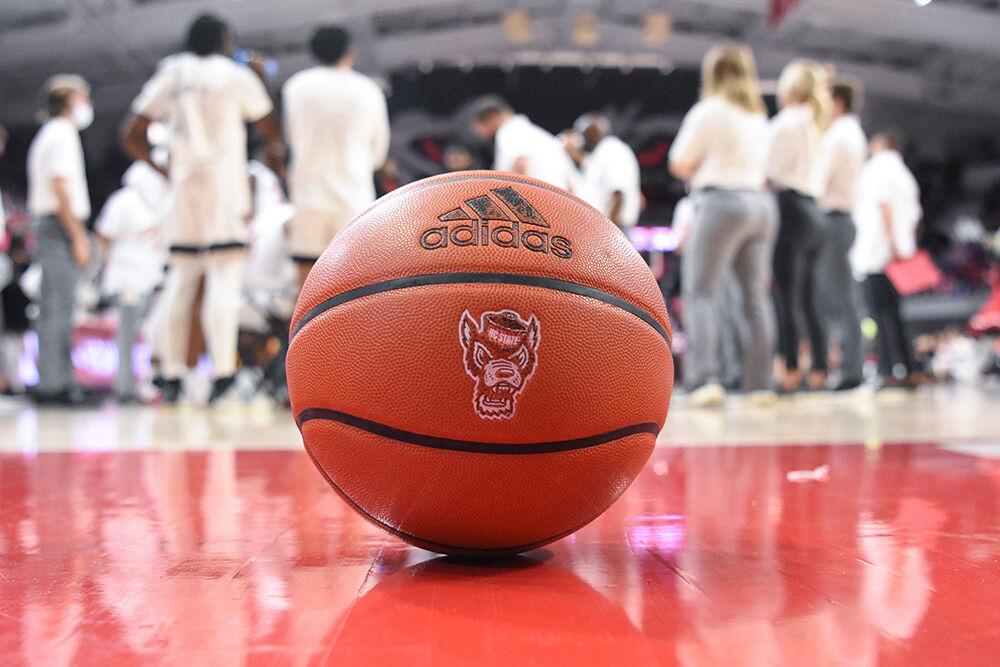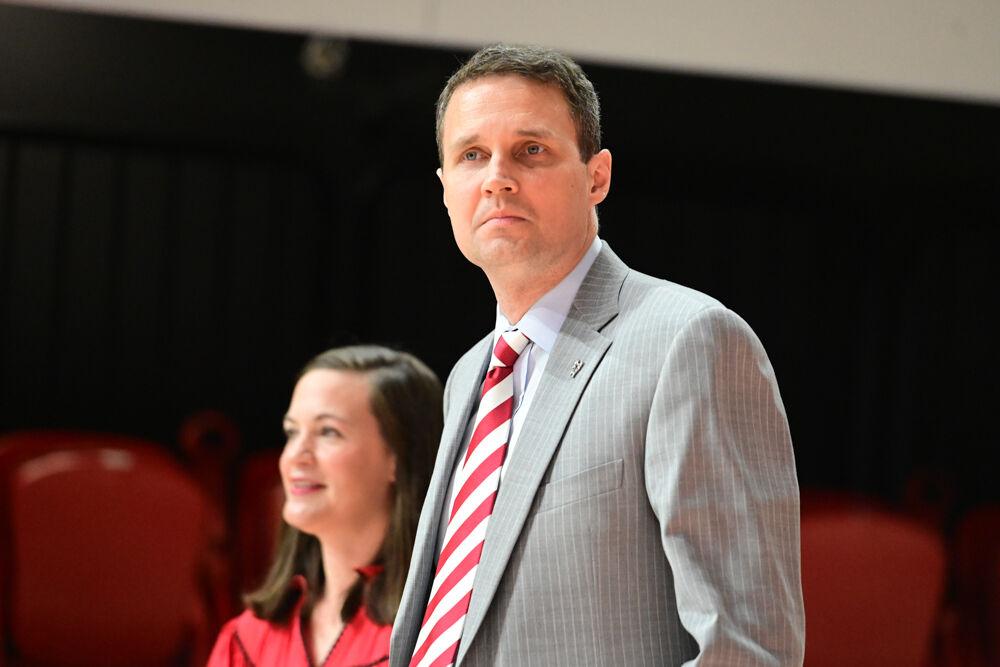Following a miserable 11-21 season in 2021-22, NC State men’s basketball finished last in the ACC and set the school record for most losses in a single season. To bounce back, the Wolfpack will rely on several experienced transfers. One of these is graduate forward DJ Burns, who played the past three seasons with the Winthrop Eagles. Making the short trip from Rock Hill, South Carolina, Burns is bringing experience, accolades and talent with him to Raleigh.
Burns, the reigning Big South Conference Player of the Year, is a proven commodity. With many players on NC State’s roster being inexperienced or unproven, having a grizzled veteran like Burns is critical. As a player, Burns provides scoring, size and a presence in the paint.
Burns’ biggest strength is his ability to score on the block. Standing at 6-feet-9-inches and 275 pounds, he’s a force near the basket. Utilizing his strength, he has the ability to back down defenders, get to the rim and finish for two points consistently. Against Converse University last year, he was unguardable once he had the ball in the paint.
In a win over SIU-Edwardsville in 2019, Burns muscled his way through defenders several times. However, facing ACC defenders — who will be bigger, stronger and faster than the competition he faced at Winthrop — will be an adjustment for Burns.
In the 2021 NCAA tournament, Burns and the Winthrop Eagles faced off against Villanova. Competing against a blue-blood team like the Wildcats provided some insight on how the transfer can handle the grit of Power Five competition. Throughout much of the game, forward Jeremiah Robinson-Earl — who now plays for the Oklahoma City Thunder — was tasked with guarding Burns.
It was evident right away that Burns held a strength advantage over Robinson-Earl. He also displayed impressive post moves and didn’t solely rely on his strength to score. Burns finished the game as Winthrop’s leading scorer in the matchup with 12 points on 5-for-8 shooting. He also put up strong performances last season against strong competition, including a 24-point outing in a win against Washington and a 20-point effort against Mississippi State.
While Burns’ offensive game should translate to the ACC, he could be a liability on defense. In the matchup against Villanova, Robinson-Earl cooked Burns all day on his way to 22 points. Additionally, he’s struggled in help defense, where he was often slow to get to the ball. In general, he isn’t the quickest defender — which could be problematic when the Wolfpack gets into the thick of conference play.
Another area of his game to improve is rebounding. Fortunately, at Burns’ height, this is a fixable weakness and he’s shown potential to become a dominant rebounder. Burns has averaged a respectable 1.5 offensive rebounds over his career. Against Villanova, he snagged an offensive rebound from Robinson-Earl and scored on a putback, showcasing his potential in the category.
However, on defense Burns’ rebounding was far from a strength. He didn’t consistently box out, which allowed other players to easily get around him. Work ethic on the defensive block will be a huge indicator of Burns’ success as a rebounder this year.
The addition of Burns will primarily bolster the Wolfpack offense. His ability to score inside is impressive. His skill around the rim and ability to back down defenders is evident in many of his games, such as the game against Villanova in 2021. Defenses will have to find tall, strong defenders to guard him — otherwise Burns will own them in the post. His offensive rebounding is also a nice addition to the team.
On defense, Burns isn’t the fastest player and may struggle to stop players from driving to the basket. He also isn’t always in the best position to rebound on defense and needs to consistently box out. However, with a more consistent approach to rebounding, Burns has the potential to be a quality big for the Wolfpack.













